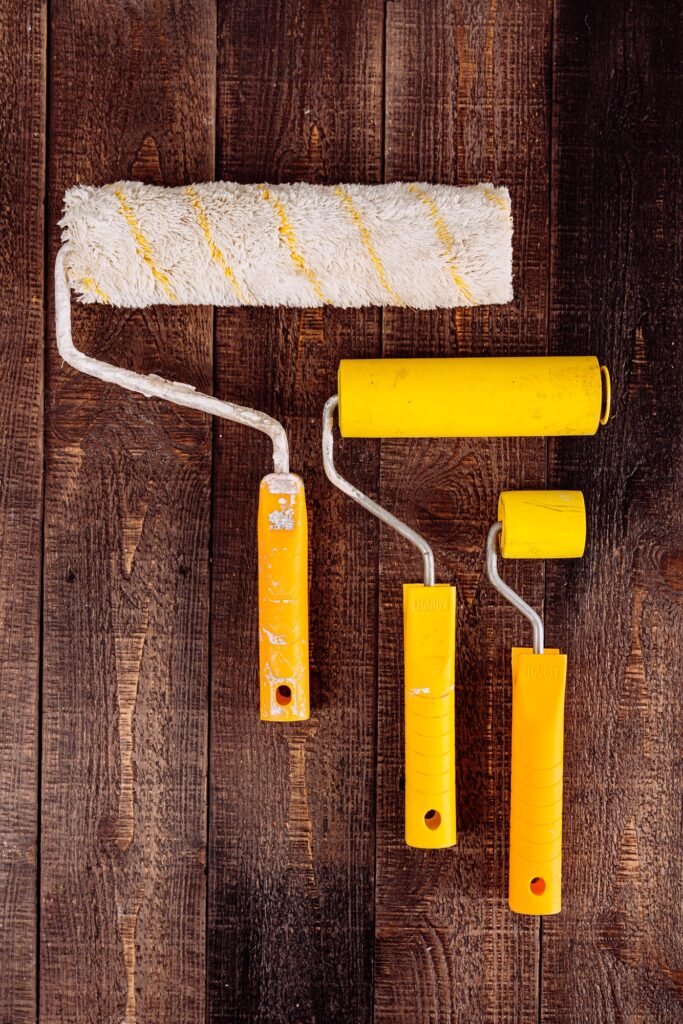Painting indoor walls is more than just a task; it’s an artistic endeavour that transforms the very essence of your living spaces. And at the heart of this creative process lies a crucial choice – the selection of the right paintbrush. Let’s embark on a journey to demystify the art of choosing the perfect brush, ensuring that every stroke brings your vision to life with precision and finesse.
Understanding Brush Types:
Before diving into the selection process, it’s essential to acquaint yourself with the various types of brushes available. Flat brushes, angled brushes, and sash brushes are just a few examples, each serving a specific purpose. Flat brushes cover large surfaces, angled brushes reach corners with ease, and sash brushes are perfect for detailed work. Assess your project needs to determine the brush type that aligns with your vision.
Bristle Material Matters:
The material of the brush bristles plays a significant role in the quality of your finish. Natural bristle brushes, often made from animal hair, are ideal for oil-based paints. On the other hand, synthetic bristle brushes, crafted from nylon or polyester, work well with latex paints. Consider the type of paint you’re using to make an informed decision on bristle material.

Size and Width Considerations:
The size of the brush directly impacts your efficiency and the overall aesthetic of the paint job. For larger surfaces, opt for wider brushes that cover more ground with each stroke. Smaller brushes, on the other hand, are perfect for detailed work and intricate corners. Assess the scale of your project to determine the appropriate brush size.
Quality Trumps All:
Investing in a high-quality brush is a decision that pays off in the long run. Quality brushes hold more paint, distribute it evenly, and maintain their shape over time. While they may come at a slightly higher cost, the durability and superior finish they provide make them a worthwhile investment for any painting project.
Consider the Handle:
The handle of the brush might seem like a minor detail, but it can significantly impact your comfort and control. Choose a brush with a comfortable grip that allows you to manoeuvre effortlessly. Ergonomic handles reduce fatigue during extended painting sessions, ensuring you can focus on your creativity without discomfort.
Testing and Trial:
Ultimately, the best way to choose the right brush is through hands-on testing. Before committing to a specific brush for your entire project, conduct a trial on a small, inconspicuous area. Assess how the brush feels in your hand, how it holds and distributes paint, and the overall finish it provides. This trial-and-error approach allows you to make adjustments before tackling the entire wall.
In conclusion, choosing the right brush for your indoor walls is a delicate dance between functionality and finesse. Consider the type of brush, bristle material, size, and handle comfort, and don’t forget the invaluable factor of quality. With the perfect brush in hand, your painting project becomes not just a task but a brush stroke of brilliance, bringing your walls to life with precision and style.
